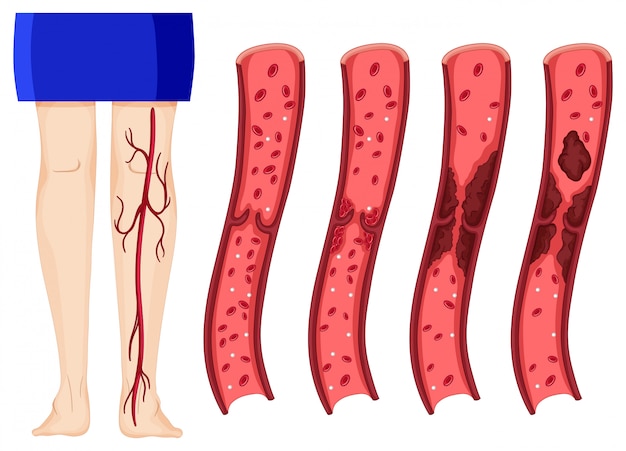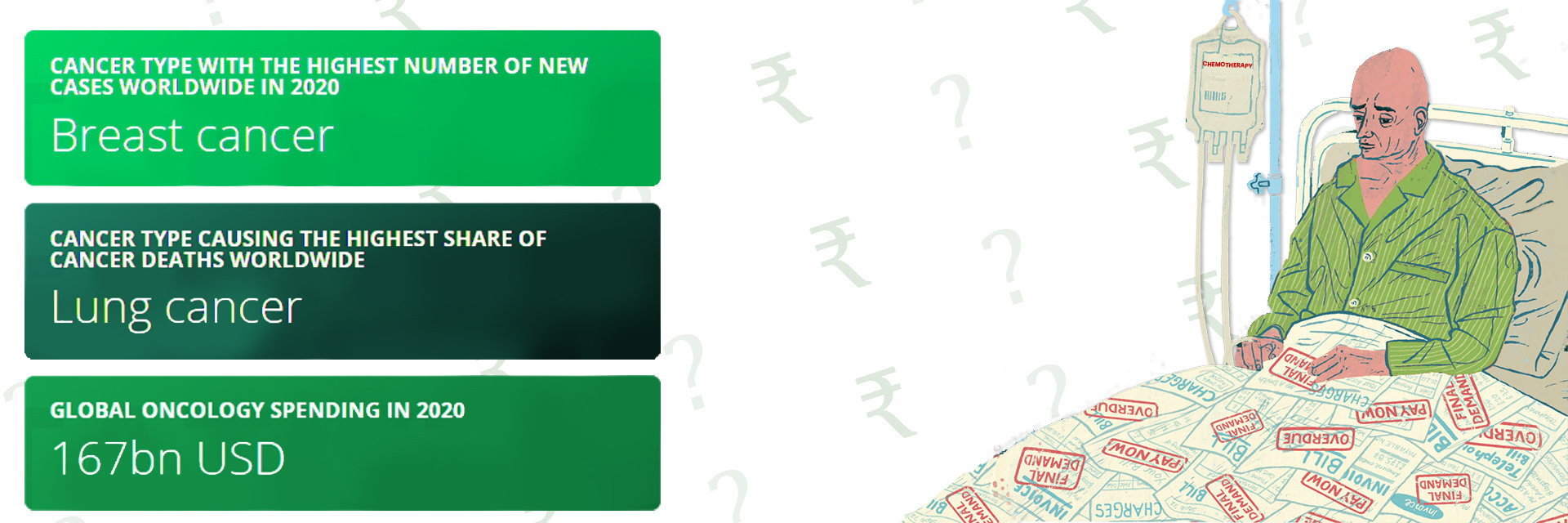Aplastic anemia is a rare but severe condition where the bone marrow fails to produce sufficient blood cells. This can lead to fatigue, increased risk of infections, and uncontrolled bleeding.
In India, the prevalence of aplastic anemia is higher, with studies indicating that it affects approximately 3 per million population per year. A bone marrow transplant, also known as a stem cell transplant, is considered one of the most effective treatments for this condition, offering hope to many patients. This article delves into the intricacies of bone marrow transplant for aplastic anemia, providing detailed information on success rates, costs, treatment centers, benefits, and risks.

Can Aplastic Anemia Be Cured with Bone Marrow Transplant?
Bone marrow transplant, or stem cell transplant for aplastic anemia, is a procedure where damaged or non-functioning bone marrow is replaced with healthy stem cells from a donor. This treatment is often considered when other therapies, such as immunosuppressive therapy, fail to restore normal blood cell production.
The transplant process involves several stages:
- Pre-transplant Evaluation includes a series of tests to determine the patient's overall health and suitability for the transplant.
- Conditioning Therapy: Patients receive chemotherapy or radiation therapy to destroy the diseased marrow.
- Transplantation: Healthy stem cells from a donor are infused into the patient’s bloodstream.
- Engraftment and Recovery: The transplanted cells begin to grow and produce healthy blood cells.
What Is the Success Rate of Transplants for Aplastic Anemia?
The success rate of stem cell transplant for aplastic anemia has improved significantly over the years. In India, where the healthcare infrastructure has advanced, success rates are comparable to global standards.
- Matched Sibling Donor Transplants: Success rates can be as high as 80-90% in younger patients with matched sibling donors.
- Unrelated Donor Transplants: When a matched sibling is unavailable, unrelated donor transplants have success rates ranging from 60-70%.
- Haploidentical Transplants involve half-matched donors, often family members, and have 50-60% success rates.
For many patients, aplastic anemia bone marrow transplant can lead to a complete cure. However, the success of the treatment largely depends on factors such as the patient’s age, overall health, and the compatibility of the donor, early diagnosis, the patient’s condition before the transplant, and post-transplant care.
Is Bone Marrow Transplant for Aplastic Anemia FDA Approved?
In India, bone marrow transplants are a well-established and widely practiced treatment for aplastic anemia. The procedures are based on internationally accepted protocols and are performed in accredited hospitals with strict adherence to safety and ethical guidelines. The drugs and therapies used in conditioning regimens are FDA-approved, ensuring the treatment meets global standards.
Is it the Right Choice? Criteria for Considering Bone Marrow Transplant.
Criteria for a Bone Marrow Transplant in Aplastic Anemia
If you are considering a bone marrow transplant for aplastic anemia you have to meet certain criteria. To decide if this treatment is right for you, the doctors look at a few important things:
1. How bad their blood problem is.
2. If they are healthy enough for the transplant.
3. If they can find a good match for the bone marrow from a family member or someone else.
4. If they already tried other treatments that didn't work.
5. The doctors carefully consider the risks and benefits of the transplant for that person before making a decision.
How is a bone marrow donor matched to a recipient for a transplant?

When someone needs a bone marrow transplant for aplastic anemia, they must find the right person to donate their bone marrow. The bone marrow is like a blood cell factory, and the donor's bone marrow should be a good match to the patient's. To do this, doctors check for special markers on the cells called HLA. These markers act like fingerprints and are different for each person. The closer the match between the patient and the donor's HLA, the better the chance the transplant will work well. They usually check family members first, like brothers or sisters, but if none match, they search in a registry to find a suitable donor.
Take charge of your health and your life. Contact us today!
Risks and Complications: What You Need to Know.
What Are the Benefits of Bone Marrow Transplant for Aplastic Anemia?
A bone marrow transplant offers several potential benefits for patients with aplastic anemia:
- Potential Cure: The transplant can result in a complete cure for many patients, restoring normal blood cell production.
- Long-Term Remission: Even if a cure is not achieved, the transplant can lead to long-term remission, significantly improving the quality of life.
- Improved Survival Rates: Advances in transplant techniques have led to higher survival rates and reduced complications.
- Alternative to Immunosuppressive Therapy: For patients who do not respond to or cannot tolerate immunosuppressive therapy, a bone marrow transplant offers an effective alternative.
What Are the Risks of Bone Marrow Transplant for Aplastic Anemia?
While a bone marrow transplant can be life-saving, it also carries certain risks:
- Graft-versus-host disease (GVHD) occurs when the donor cells attack the recipient’s tissues. It can be mild or severe and requires careful management.
- Infections: The immune system is weakened during and after the transplant, making patients more susceptible to infections.
- Bleeding: Due to low platelet counts post-transplant, there is a risk of severe bleeding.
- Organ Damage: The conditioning therapy used before the transplant can sometimes cause damage to organs such as the liver, lungs, or heart.
- Relapse: There is a risk of the disease returning after the transplant, though this is less common with matched sibling donors.
The Clock is Ticking: How Long Does the Transplant Take?
How long does the bone marrow transplant process take for aplastic anemia patients?

A bone marrow transplant for aplastic anemia is a treatment where a sick person gets healthy cells from a donor's bone marrow. This helps the sick person's body make new and healthy blood cells. The process takes a few weeks. First, they get strong medicine to prepare their body. Then, they get the healthy cells through a special tube. After the transplant, they stay in the hospital for a while to check how they are doing. It can take a few months for them to get better and back to their regular activities.
Your well-being is our priority - call us to book your appointment today
Where Can I Get Bone Marrow Transplant for Aplastic Anemia in India?
India is home to several world-class hospitals and research institutes specialising in stem cell transplants for aplastic anemia. Some of the leading centers include:
1. Apollo Hospitals, India
Apollo Hospitals is one of the most renowned healthcare groups in India, with a network of hospitals offering bone marrow transplant services across the country. They have performed over 1500 transplants with excellent success rates. Apollo Hospitals in Chennai, New Delhi, Hyderabad, Ahmedabad, and Kolkata are equipped with advanced medical technology and a team of highly experienced hematologists and transplant specialists. The hospital is known for its stringent infection control protocols, which are crucial for bone marrow transplant patients.
Apollo Hospitals is preferred for international patients due to its comprehensive care and advanced facilities, including a dedicated bone marrow transplantation center that follows international patient safety and care standards.
2. Nanavati Max Super Speciality Hospital, Mumbai
Nanavati Max Super Speciality Hospital in Mumbai is a leader in bone marrow transplants, offering autologous and allogeneic transplants. The hospital’s Hematology and Bone Marrow Transplant Centre is equipped with the latest technology and offers specialised care for various blood disorders, including aplastic anemia. The facility includes:
- State-of-the-art infrastructure.
- A dedicated BMT unit.
- A highly skilled team of specialists.
The hospital has a well-established bone marrow transplant program, with services that include HLA-matched related and unrelated donor transplants and haploidentical transplants. Nanavati Max also offers comprehensive pre-and post-transplant care, ensuring a holistic approach to treatment.
3. BLK Super Speciality Hospital, New Delhi
BLK Super Speciality Hospital is one of the largest bone marrow transplant centers in Asia. It offers many services, including allogeneic and autologous bone marrow transplants. The hospital has conducted over 1000 transplants and is known for its cutting-edge technology, stringent infection control measures, and dedicated team of specialists. BLK’s BMT center also has the distinction of performing the first Match Unrelated Donor (MUD) transplant in Delhi.
BLK Super Speciality Hospital provides a comprehensive care model with linked high-end laboratory services, a blood bank, and an established radiation oncology unit, making it a top choice for patients requiring complex care.
4. BGS Gleneagles Global Hospital, Bangalore
BGS Gleneagles Global Hospital in Bangalore is recognised for its excellence in bone marrow transplant procedures. The hospital offers both allogeneic and autologous transplants, focusing on achieving high success rates through advanced medical technology and a well-coordinated care team. The hospital is also noted for its achievements in transplant surgeries and extensive research and development contributions to the field.
The hospital has 14 operating theatres with updated technology and HEPA filters for infection control. The team includes some of the best hematologists in Bangalore, offering personalised care for both adult and pediatric patients.
5. Kokilaben Dhirubhai Ambani Hospital, Mumbai
Kokilaben Dhirubhai Ambani Hospital is another leading Mumbai institution offering comprehensive bone marrow transplant services. The hospital’s Centre for Bone Marrow Transplant specialises in treating malignant and benign blood disorders. With advanced medical facilities and a team of experienced professionals, Kokilaben Hospital ensures high-quality care for transplant patients.
The hospital is particularly noted for its specialised care units for neutropenic patients, who are more susceptible to infections post-transplant. This facility is vital for managing complications and overall patient recovery.
6. Artemis Hospitals, Gurgaon
Artemis Hospitals in Gurgaon is a renowned center for liver, kidney, and bone marrow transplants. The hospital is known for its multidisciplinary approach to treatment, involving a team of highly qualified doctors, nurses, and support staff. Artemis provides a full range of bone marrow transplant services, including autologous and allogeneic transplants, focusing on patient safety and post-transplant care.
The hospital offers advanced treatment protocols and follows stringent international guidelines to ensure the best outcomes for patients undergoing bone marrow transplants.
How Much Does a Bone Marrow Transplant Cost for Aplastic Anemia in India?
The cost of aplastic anemia bone marrow transplant in India varies depending on several factors:
- Type of Transplant: Matched sibling donor transplants are less expensive than unrelated or haploidentical transplants.
- Hospital and Location: Costs can vary significantly between hospitals and cities.
- Pre and Post-Transplant Care: Costs also include pre-transplant testing, conditioning therapy, and post-transplant care.
On average, the cost of a bone marrow transplant in India ranges from INR 15 lakhs to 40 lakhs (approximately USD 18,000 to 50,000). This cost is significantly lower than in many Western countries, making India a preferred destination for medical tourists seeking this treatment.
Exploring Alternatives: Options Beyond Bone Marrow Transplants.
Are there alternative treatments available for aplastic anemia other than a bone marrow transplant?

A bone marrow transplant treats a blood problem called aplastic anemia. In this treatment, healthy cells from someone else's bone marrow are given to the patient to fix the blood cells that aren't working properly.
But there are other ways to treat aplastic anemia too. For example, doctors can give the patient new blood through a transfusion or use medicines to help the body make more blood cells. Another option is using medicines to calm the immune system, which might be attacking the bone marrow. The right treatment depends on how bad the problem is and what's best for the patient's health. A doctor can help decide which option is the most suitable.
Can a family member be a bone marrow donor for an individual with aplastic anemia?
Parameters are like rules that tell us how to do something. In bone marrow transplant for aplastic anemia, the patient needs healthy stem cells from a donor. A family member can be a donor if their bone marrow closely matches the patient's. Their bone marrow should be similar enough so the patient's body won't reject it. Doctors do tests to check if they match. If they do, the family member can donate their bone marrow, which is then used to replace the sick bone marrow of the patient. This helps treat aplastic anemia and allows the patient to get better.
FAQs

Q: What Is Aplastic Anemia, and How Is It Treated?
A: Aplastic anemia is a rare blood disorder where the bone marrow fails to produce enough blood cells. One effective treatment is a bone marrow transplant, also known as a stem cell transplant.
Q: What Is a Bone Marrow Transplant, and How Does It Work for Aplastic Anemia?
A: A bone marrow transplant involves replacing damaged or malfunctioning bone marrow with healthy donor marrow or stem cells, allowing the production of normal blood cells to resume.
Q: Who Can Be a Donor for a Bone Marrow Transplant in Aplastic Anemia Cases?
A: Donors can be family members, unrelated individuals, or even cord blood from a newborn. The ideal donor depends on factors like tissue compatibility.
Q: When Is a Bone Marrow Transplant Considered for Aplastic Anemia?
A: A bone marrow transplant is often considered when other treatments, such as medications, have not been effective or when the condition is severe and life-threatening.
Q: What Is the Procedure for a Bone Marrow Transplant, and How Long Does It Take?
A: The procedure involves conditioning chemotherapy to prepare the patient, followed by the actual transplant, which can take several hours. Recovery and monitoring continue for several weeks or months.
Q: What Are the Risks and Complications Associated with a Bone Marrow Transplant for Aplastic Anemia?
A: Risks include graft-versus-host disease (GVHD), infection, and graft failure. Your medical team will closely monitor you and manage these potential complications.
Q: Can a Bone Marrow Transplant Cure Aplastic Anemia?
A: A successful bone marrow transplant can effectively cure aplastic anemia by restoring normal blood cell production. However, there are risks, and close post-transplant care is crucial.
Q: What Is the Recovery Process Like After a Bone Marrow Transplant for Aplastic Anemia?
A: Recovery can be a lengthy process involving close medical monitoring and care. Patients typically need to stay near the transplant center for an extended period to manage potential complications and adjust to the new immune system.
References:
https://www.ncbi.nlm.nih.gov/pmc/articles/PMC6093726/
https://www.mayoclinic.org/diseases-conditions/aplastic-anemia/diagnosis-treatment/drc-20355020
https://www.sciencedirect.com/science/article/pii/S1521692621000499






